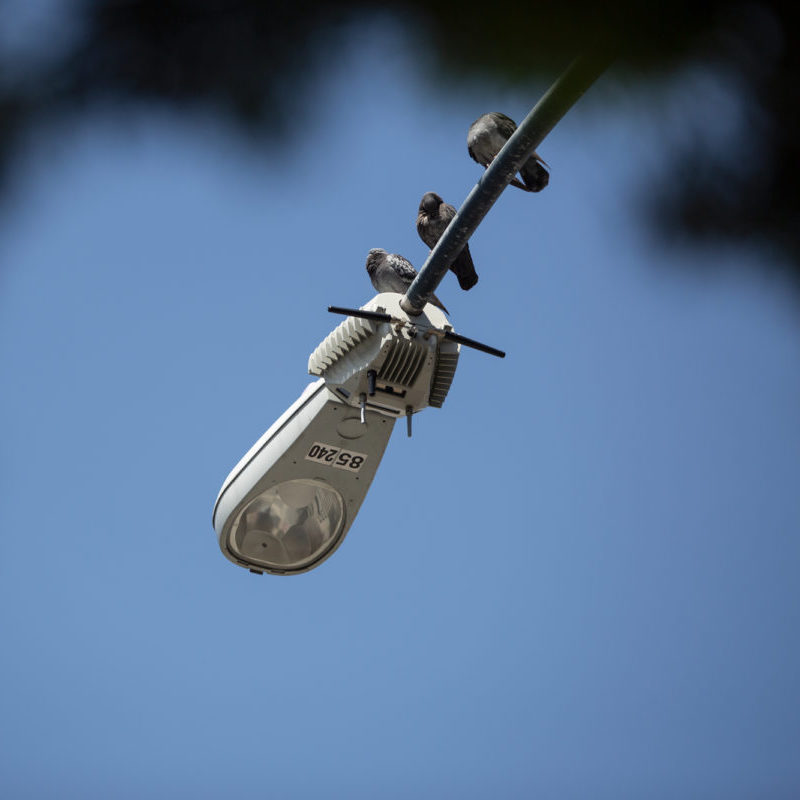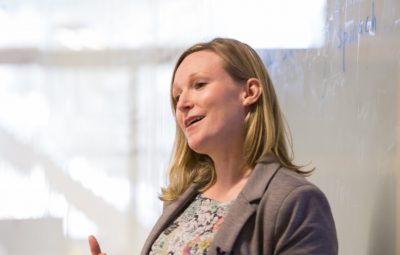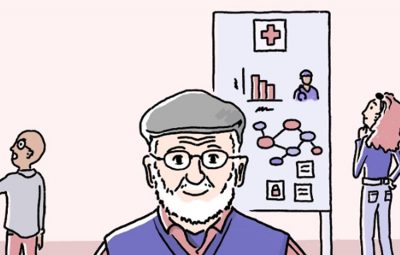In 2016, San Diego installed thousands of General Electric cameras, microphones and telecommunication devices on streetlights around the city. The City Council approved the project with little investigation, looking no further than the city’s casting of the project as environmental “sensors” and “nodes” that would analyze traffic and the atmosphere.
The city finally held town halls this year to explain the program to communities, but by then it was too late. Once installed, technologies of this type will outrun the uses for which they are designed and publicly justified. Over and over, researchers like myself have seen data creep — like mission creep — take hold as companies try to add value to data and monetize them.
Read more at voiceofsandiego.org






